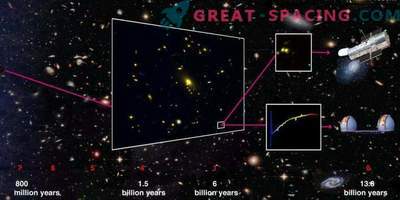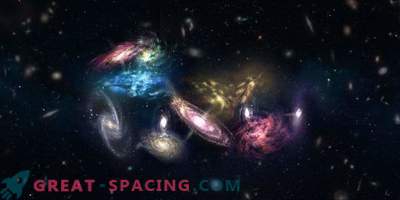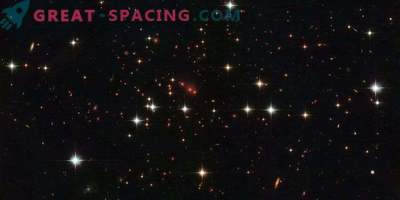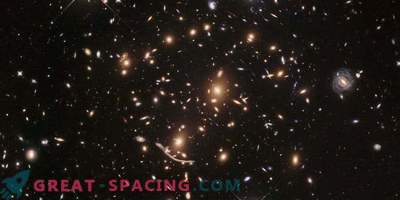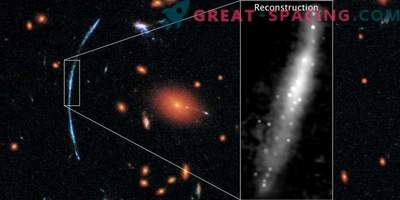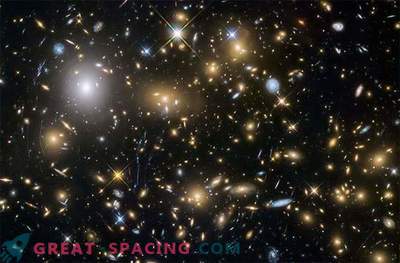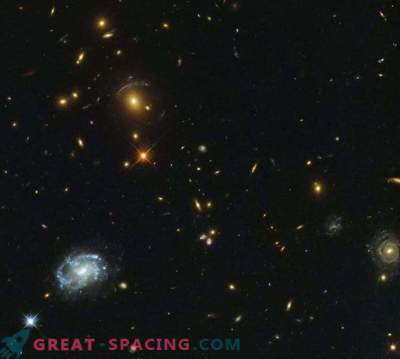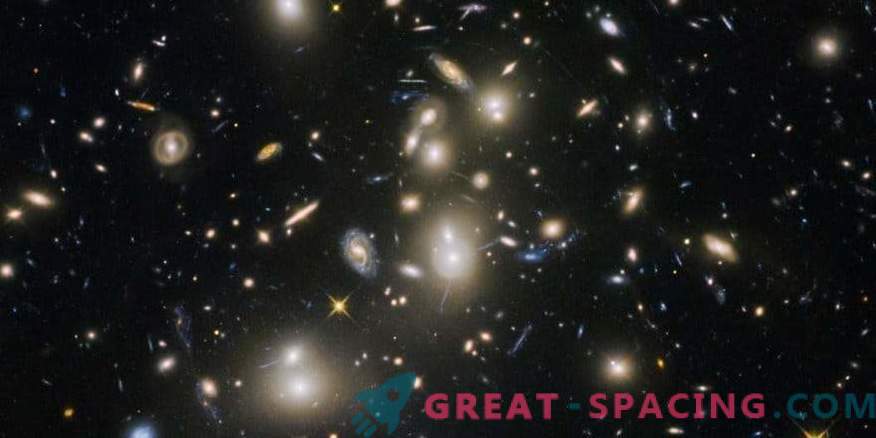
Abell 2744 - a cluster of galaxies (NASA / Hubble)
Using the whim of Einstein’s general theory of relativity and applying a new technique to remove the dim light, astronomers found an ancient settlement of the first galaxies of the universe.
A new technique for removing light from the foreground of clusters of galaxies provides astronomers with a direct look at the generation of galaxies, beginning with the first universal “childhood” years. This is an important discovery that allows you to explore a turning point when the universe has ceased to be dark and began to emit light.
Scientists suggest that the energy from the first-generation galaxies transformed a dark, electrically neutral Universe into ionized and radiated plasma. But these faint galaxies are hard to find.
This week, an astronomer from the University of Texas Rachel Livermore and her colleagues described a successful hunt, thanks to a new technology that combines the in-depth look of the Hubble comic telescope and “wavelet decomposition” - the light-masking equivalent of noise-canceling headphones. In sum, they helped eliminate the light from the foreground of galactic clusters. “Wavelet decomposition allows decomposing an image into its components at different physical scales. Therefore, we can isolate structures on a large scale and delete. This allows a much clearer view of objects on a small scale, ”- write the scientists in their project.
The cluster of galaxies MACS 0416, shot by Hubble in the framework of the Frontier Fields project
Ironically, astronomers must first turn to galactic clusters that have deformed space and time with their massive gravity in order to use them as lenses that increase Hubble’s foresight by more than 100 times.
With masking light, astronomers Stephen Finkelstein and Jennifer Lotz discovered 167 galaxies that are 10 times weaker than any of the previously known ones. More enhanced detection will begin with the work of the Hubble receiver James Webb, which will be launched next year.
